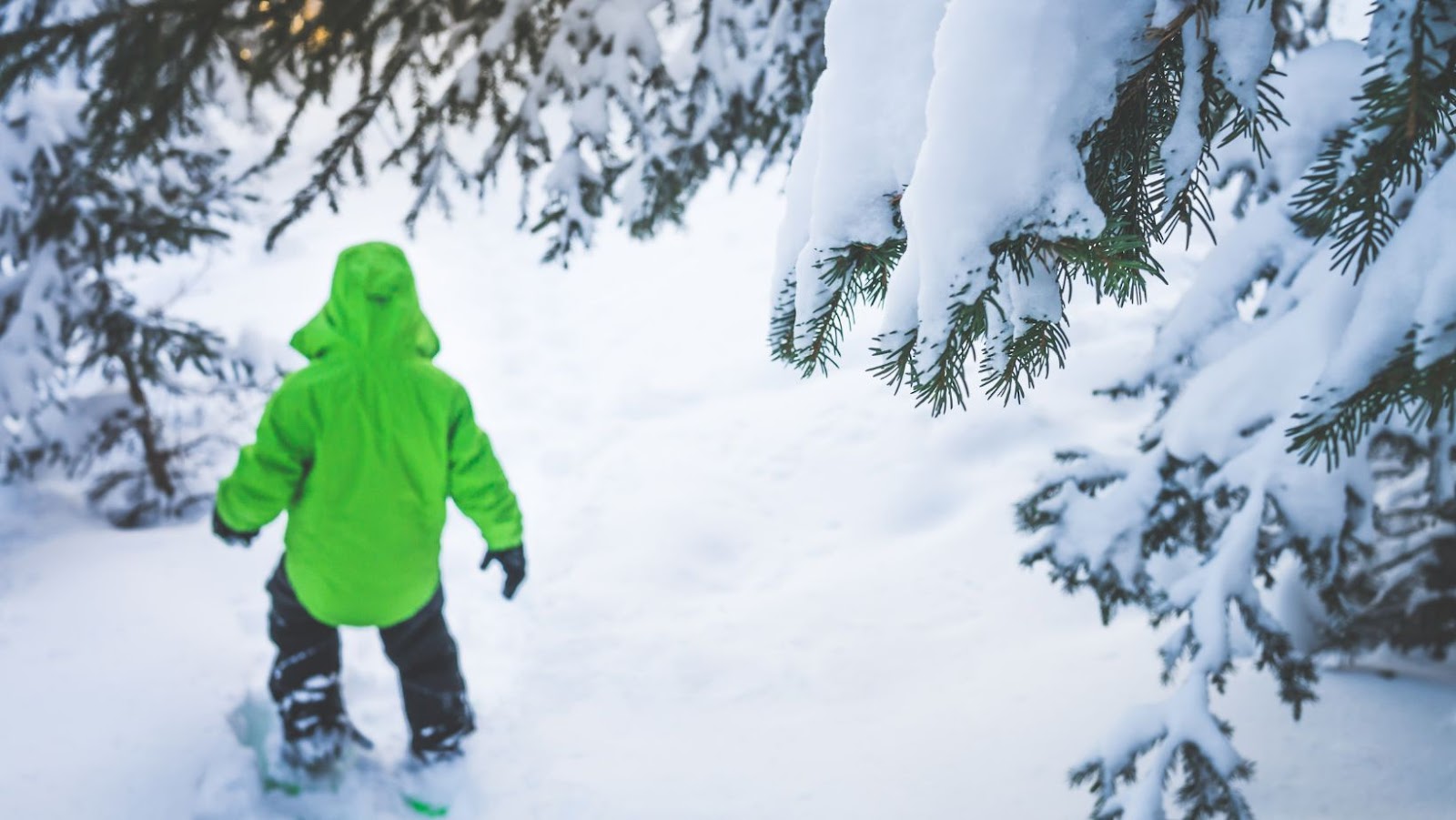Introduction
What is your perfect way to enjoy and celebrate winter? You will find this guide a perfect match if strapping on snowshoes and hitting trails is your priority. Snowshoeing with kids is the perfect winter activity for numerous reasons.
This simple winter activity requires just a few pieces of affordable equipment, including kids snowshoes, and will be sure to inspire your family, including children, to get outdoors. While it’s the best way to celebrate winter, it helps your family access much-needed fresh air and exercise.
Let’s go through the fundamentals of how to get started with children snowshoeing. Consider this your basic guide to snowshoeing with kids.
Kids Snowshoe Gear: What You Need to Have
It’s impossible to start kids snowshoeing without the right equipment. Let’s discover what you need to have to get started on the right path.
Snowshoes
Children’s snowshoes tend to follow the one-size-fits-all rule. The size of the snowshoe depends more on the child’s weight than the foot’s size. Strips are easily adjustable and blend smoothly with various types of footwear.
Once a child is between 80 and 90 pounds, the best tip is to use snowshoes designed for women. These snowshoes are narrower, lighter, and shorter than their standard unisex counterparts. They are also affordable since they utilize fewer materials.
Trekking Poles
Your kids can snowshoe without trekking poles. However, trekking poles make it easier for them to maneuver unpredictable terrain. Your kids can use trekking or alpine ski poles. A recommended pair should allow your kids’ arms to be at approximately 90-degree angles when they’re holding the hand grip.

The baskets should be big enough to sidestep sinking into the snow and, at the same time, offer a large surface area for balance. Many shops rent snowshoes along with trekking poles. If you’re purchasing trekking poles for your kids, consider those with adjustable shafts, as they will allow you to extend them as your children grow.
Gaiters
Gaiters offer a waterproof layer between the pants’ bottom and the boots’ top. Many cover the boots’ laces and extend to knee or calf height. Top-quality gaiters won’t creep in the boots’ top or soak pant legs. Snowshoes usually sink in snow a few inches with every step your kid makes. As they sink those few inches, gaiters have the responsibility to keep your kids dry and warm.
Footwear
Many snowshoe strips accommodate anything between ski boots and sneakers. The perfect option is lightweight, well-insulated winter boots with excellent ankle flex. Trail shoes or hiking boots also work perfectly, especially if they’ve got water-resistant or waterproof uppers.
Tips for Starting Out
It’s your first time heading out on a snowshoeing winter activity. So what should you do? Since you’re just starting, consider a flat ground. Maneuvering and walking on snowshoes is a little bit intuitive on a flat surface. Many snowshoe providers provide strap-and-go bindings, allowing you to use any boot, hiker, or shoe with your snowshoes.
When snowshoeing, one thing you’ll notice is that you cannot go back on your snowshoes. Any step back makes the snowshoes dig into the snow. Make a U-shaped turn to go backward. And always remember to move forward. It’s advisable to provide your kids with trekking poles. They provide them with much-needed balance on hills.

Adjust the trekking pole height to where your kids’ arms are resting at exactly a 90-degree angle. A 90-degree angle offers the most stable snowshoeing platform while, at the same time, minimizing muscle strain. Also, trekking poles offer a great upper body workout, which is perfect for staying in good shape during the winter.
Start Out Slow
Start the kiddos off slow on light snow and easy-to-handle terrain. The biggest obstacle kids have to get over when snowshoeing is to walk with a wider stance. Many kids waddle instead of walking when they first start.
So, a level ground, free from obstacles, is a perfect place for them to start their snowshoeing adventure. As your kids’ skills progress, exploring moderate terrain and sidehills serves as an excellent experience before they can hit a real trail. Utilise techniques like kick-step when walking uphill. Eventually, your kid will be a snowshoeing pro.
Bob Duncan is the lead writer and partner on ConversationsWithBianca.com. A passionate parent, he’s always excited to dive into the conversation about anything from parenting, food & drink, travel, to gifts & more!
